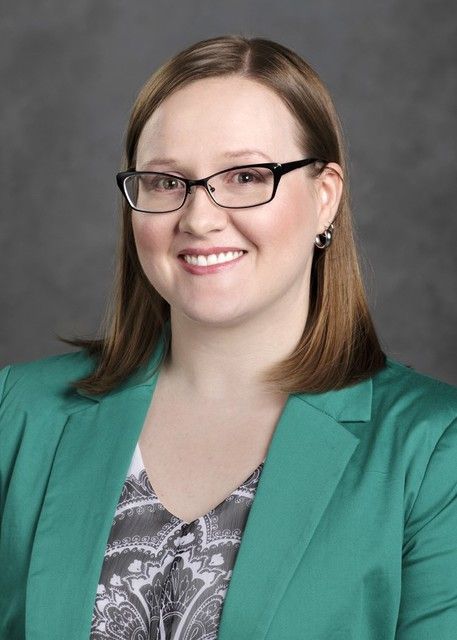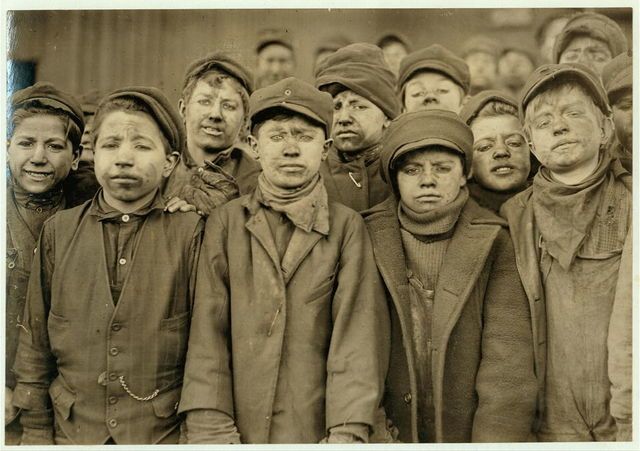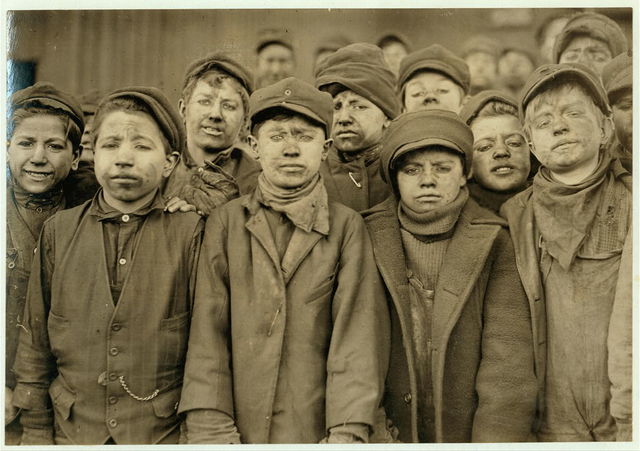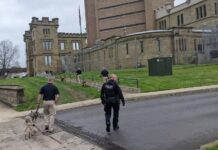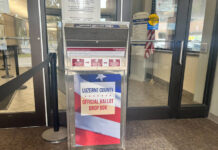DALLAS TWP. — Dr. Jen Black has a fondness for history in Greater Pittston — particularly seeing how much the area has changed through photographs.
To share that interest with the public, Black, assistant professor of history and government at Misericordia University, will present her recent studies about photojournalist Lewis Hine and his photographs of the “breaker boys” in Greater Pittston Tuesday, Oct. 25.
The presentation is sponsored by the Friends of the Mary Kintz Bevevino Library at Misericordia University and will be held from 11:30 a.m. to 2:30 p.m. at the AppleTree Terrace at Newberry Estates, 4 Newberrry Est., Dallas.
A breaker boy was a coal mine worker, typically a child, who sorted through coal by hand to filter out impurities. This was done in a coal breaker, a processing facility which broke up and filtered the coal, hence the term “breaker” boy.
“It sort of made sense that I would work on something like this,” she said. “I studied Hine as a grad student and knew of his work. When I moved to work at Misericordia, I developed a partnership with the Greater Pittston Historical Society and Hine seemed like the next logical step. His photographs have become iconic in a way I think that while people in the local area know about the breakers and breaker boys, they may not know about the context to why Hine showed up in Pittston.”
Hine was an American sociologist and photographer whose photos played a pivotal role in changing child labor laws in the United States.
According to information regarding the presentation, Black will offer an in-depth look at the work of Hine and his photographs of the children working in Pittston’s mines at the turn of the 20th century – the height of the anthracite mining industry.
Hine’s pictures of the breaker boys were crucial in his campaign to document the dangers of child labor for the National Child Labor Committee – a campaign that ultimately resulted in the federal prohibition of child labor by the 1930s.
“(Hine) came to Pittston because it was widely known as the center for anthracite production in the 1920s and he photographed some of the most well-known industries where children were working as laborers,” said Black. “He photographed newspaper boys in New York City, homeless kids in New York City and he photographed breaker boys in Pittston.”
Black said she will not only talk about Hine’s photographs, but also the historical impact they had on the National Child Labor Committee.
“What I want to do is trace the National Child Labor Committee’s purpose for how Hine came to Pittston and walk the audience through Hine’s project in Pittston,” she said. “I want to talk about where his project went from there and what other evidence did he collect to become successful in the fight against child labor.”
Cost for the event is $30 per person and reservations must be made before Tuesday, Oct. 18. Proceeds will benefit the Mary Kintz Bevevino Library.
Black said she is hoping for a good turnout and that people will want to come to learn more about the history of the area.
“It’s a topic near and dear to my heart, but I hope it’s exciting enough and brings in some local flavor and that we’ll get a good turnout, too,” she said. “This is part of a fundraiser for the friends, so it is certainly for a good cause as well.”
